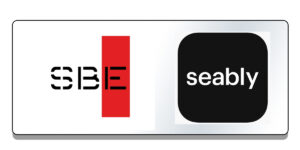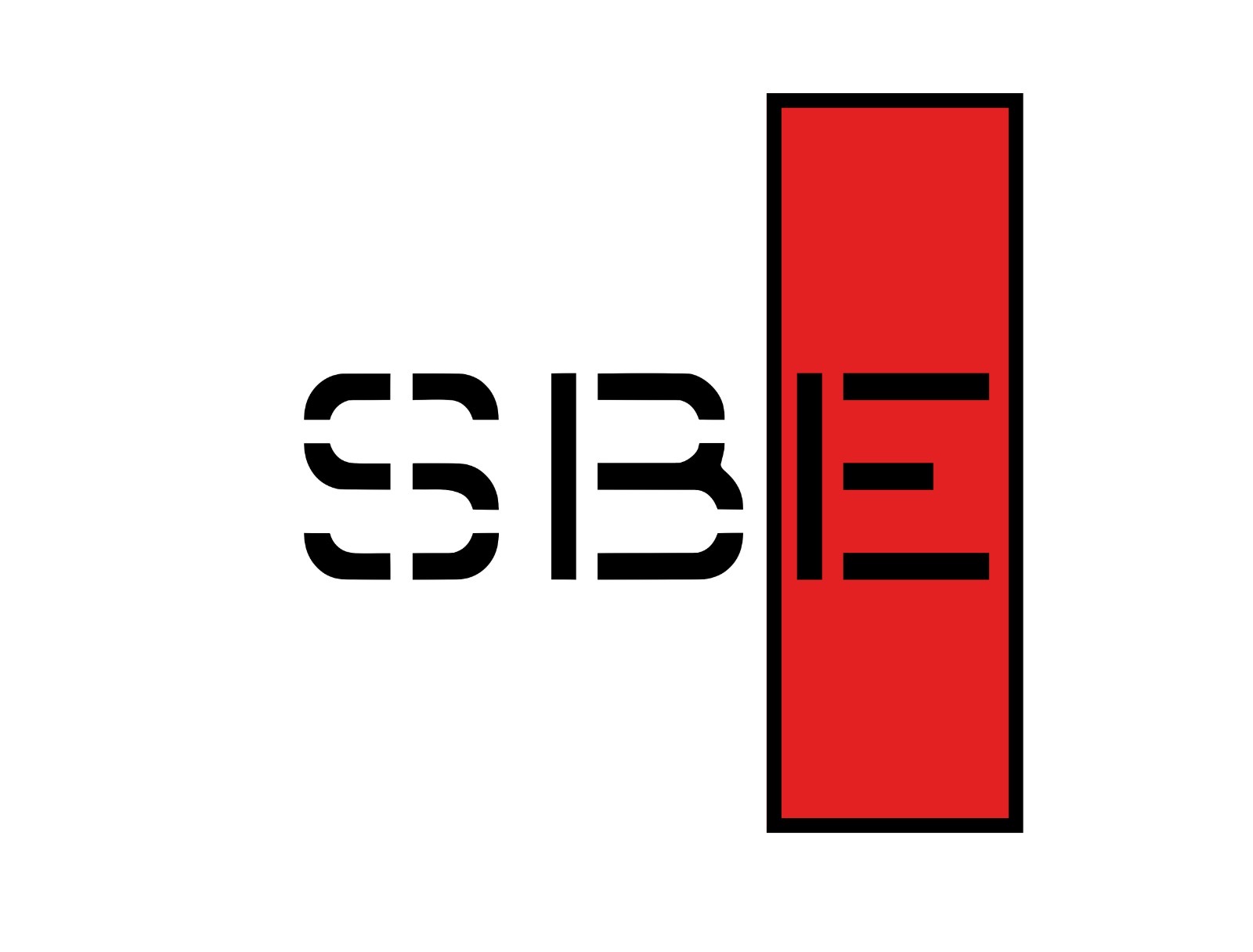The Study of Ship Handling – Now on Seably!

To celebrate the partnership with Seably, we propose one of our articles. “The Study of Ship Handling“.
What we have been doing for years is now available worldwide, but the underlying philosophy does not change:
The importance of an effective learning program.
- For those who want to learn how to manoeuvre;
- For those who know how to manoeuvre and want to improve;
- For those preparing for the harbour pilot training.
In this article, We will discuss study and preparation and propose ideas and thoughts.
The focus will be on preparing for the exam to become an aspiring pilot, but the concepts apply to anyone looking to improve their skills.
Have you ever looked for study material but found it tainted with too many irrelevant notions?
Specifically, have you ever spent hours and hours looking for quality information helpful in preparing for the examination as a pilot? Were you satisfied with this research?
There is a lot on the internet and in books, but the effort often increases confusion.
At SBE, we work intensively on creating a carefully balanced manoeuvring course between theory and practice. To date, we can offer two books, four video courses with related Ebooks—5 distinct training courses on naval manoeuvring, and several sea-related articles. We plan to continue with new publications periodically.
We created new virtual manoeuvring courses because we are now in the “information age” but inundated with data. It isn’t easy to assess the quality and decide what is needed.
To take an exam, you have to study. That’s for sure. But the examination for pilotage changes from Port to Port, although the examination program is almost the same. It happens because the objective difficulty varies according to the examiner and his developed mentality. Still, one thing is sure: the exam venue’s chief pilot is not a theorist.
The experience gained over the years inevitably conditions the questions and the judgment on the quality of the answers. That is why it becomes essential to filter the information obtained from the study with the “eye of the pilot”.
It is a challenging exam where competitors have reached a certain level and are determined – just like you – to strive for the result that will change their life.
An important point to consider is that the pilot is an expert in the area he serves. It means that, beyond the generic preparation, he is an expert in a well-defined Port.
Suppose it is true that the exam is not specific. In that case, those who prepare the questions are certainly more familiar with topics relating to situations that they usually face: the fog for northern ports, for example, the wind for others, the large ships or the use of Escort tugs rather than the traditional ones, moorings in V-configuration or side by side, in canals or open spaces, passenger ships or oil tankers, and so on.
The point is that the questions will still have a matrix linked to local experience, even if supported by theoretical evidence.
It is a job which you have to access by sifting through the contents, discarding the superfluous and studying what remains with a seafaring eye.
In the evaluation of a manoeuvre, the ingredients to be mixed go beyond the formulas and effects. It involves strategies that consider the tugboat captain’s experience, the crew’s nationality, the shelters offered by the Port facilities, and by habit or not to use the anchor – to name a few. As a pilot, the answer expected from the questioner is inevitably “polluted” by the expectation of practical reasoning.
That is an aspect of the preparation that is difficult to refine.
Let’s the Capt. John Gatti says something about it:
<<I know precisely the sensations that those preparing for the examination feel, given that – at the time – it is something to which I have dedicated several years of my life.
Books, notebooks, notes, formulas, rules, examples.
The real turning point, in my case, came when I started studying with a pilot. He explained the reasoning that led to the manoeuvre choice, the number of tugs, how to use them, and how to optimize the options available to achieve the best result—all drawn on a sheet of paper.
It seemed straightforward, but the way to tie thoughts together was light years away from my mindset.
Consider that – like many of you – I had been sailing for years and, well before taking the first command, I had already dreamed of becoming a harbour pilot. I had a goal and never missed an opportunity to study and manoeuvre.
A long time later, I realized that being a ship’s master – without detracting from this profession of great prestige and high professionalism – is different from being a pilot.
The specificity of manoeuvring ships every day for years leads to selective reasoning distant from the psychology gained by sailing.
Uncertainties, mistakes, wrong strategies, fears, determination, brave, right choices, realistic (albeit ambitious) goals and a course. A clear, precise route to be corrected when necessary.
Work on the weak points.>>
Human nature leads us to exploit our forces by hiding the limiting ones. We find people with incredible qualities unable to stand out due to flaws they haven’t worked on.
For example, one common problem for many young people is impulsivity. “Think shortly before acting and ignore the consequences”. Young people are hoping for an immediate return as a response to their efforts. It happened that, despite having studied, they did not feel any change.
Suppose you think you are making no progress and do not remember things. You may feel like wasting your days watching the grass grow, not seeing the daily differences without realizing that the grass is growing. It just needed time, perseverance and commitment.
Slowly we change, we grow, and we form. The important thing is not to stop studying, learning, improving, and working on critical points. That’s the basis.
Studying a deep-draft supertanker’s manoeuvre is useless without first learning the fundamentals.
In the SBE course, we have indicated this phase as the ABC of the manoeuvre: Propellers, Rudders and Anchors.
You have to learn the theory. But, above all, you have to understand how to use it in practice. Begin to think with the mentality of those who do this job for a living. For this reason, we have included numerous examples and authentic experiences in our courses.
After having learned and digested the essential part, you are ready to get to the heart of the matter and appreciate the nuances of the following topics. The time has come to talk about tugs: an essential aid in ship handling, a subject to be mastered and fully exploited. Wind, currents, interactions and many other aspects will soon follow, which you will need to mix to develop concrete reasoning supported by solid foundations.
StandByEngine was born to clear the smoke of useless things, concentrate on what you need, and help you shift your perspective: from an external spectator to a spectator within the manoeuvre.
The recent collaboration with Seably allows us to offer a complete course package for owners and those interested in improving their manoeuvring skills. Seably is a marketplace for online maritime training that we are proud to partner with.
Visit our English-section website and discover our complete offer, including maritime articles, blogs, and courses.

